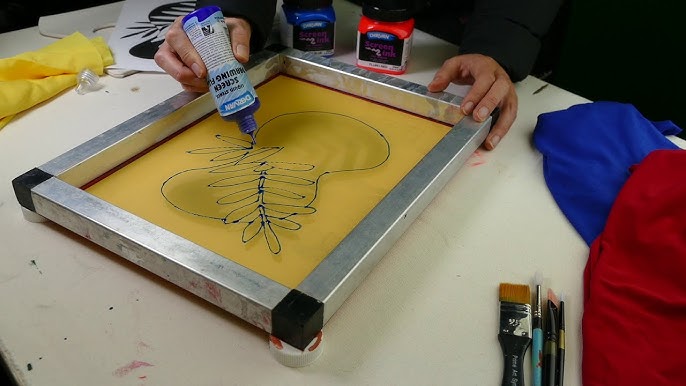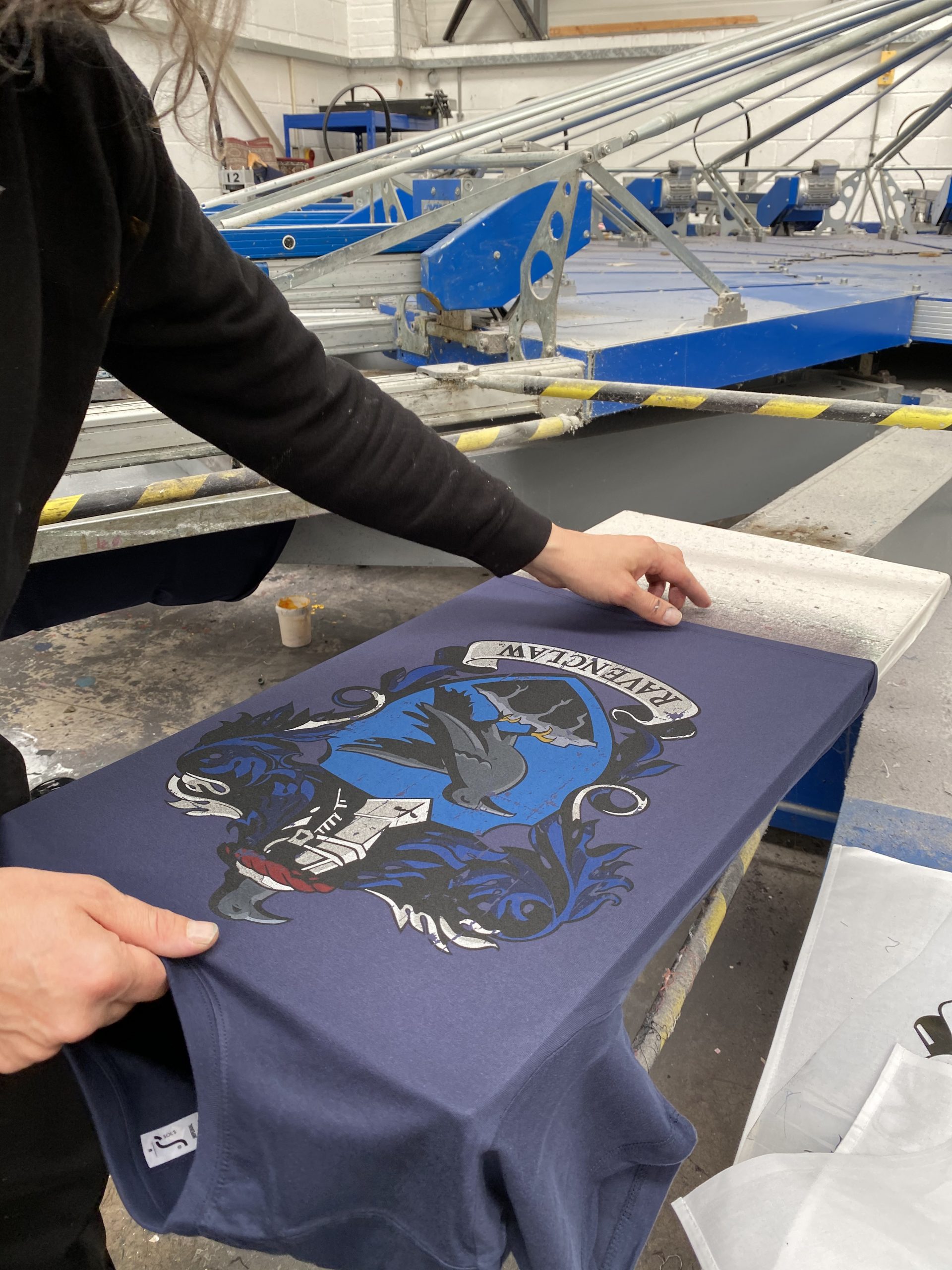ChatGPT said: 10:9 Design Screen Printing Texas: pricing explained
The Important Guide to Understanding Screen Printing and Its Versatile Utilizes
Screen printing has an abundant background that goes back to old times, evolving into an innovative technique made use of across various markets today. This guide checks out the details of the screen printing procedure, describing its applications in advertising and marketing, home, and fashion décor - 10:9 Design Screen Printing. Recognizing these fundamentals can open up imaginative capacity for both commercial and creative jobs. The complying with areas will expose crucial pointers and strategies to boost one's screen printing undertakings
The History of Screen Printing
Although screen printing has origins that map back centuries, its advancement mirrors the imaginative and technological improvements of different societies. Originating in old China, the technique was originally used for decorating textiles and later spread to Japan, where it ended up being important to Ukiyo-e woodblock printing. The method shifted to Europe in the 18th century, where it obtained popularity among craftsmens and industrial printers. The innovation of image solution in the 20th century transformed screen printing, allowing for even more complex styles and greater performance. Artists like Andy Warhol further thrust its appeal, making use of the medium to develop renowned jobs that combined commercialism and great art. By the late 20th century, screen printing had actually established itself as a versatile technique, used in fashion, advertising, and fine art. Today, it continues to progress, integrating digital modern technology and expanding its applications across numerous industries.
The Screen Printing Refine Explained
Screen printing transforms creative visions right into tangible styles via a series of exact steps. A picture is produced and after that moved onto a screen, generally made of fine mesh material extended over a structure. A light-sensitive solution is put on the screen, which is exposed to light, hardening in locations not covered by the picture. After cleaning out the unhardened solution, a pattern is created.
Next off, the screen is put over the substratum, whether it be material, paper, or another product. Ink is then pushed with the open areas of the stencil using a squeegee, depositing the design onto the substrate below. This procedure can be repeated for multiple colors, calling for different displays for each and every tone. The printed item is cured using heat to guarantee the ink sticks properly, resulting in a durable, vibrant layout all set for usage.
Kinds of Screen Printing Techniques

Furthermore, specialized strategies, such as discharge screen printing, get rid of color from the fabric to develop softer prints, while aluminum foil screen printing uses metal aluminum foil to accomplish a glossy coating (10:9 Design Company). Each technique uses distinctive features, catering to different creative requirements and production scales, ultimately expanding the possibilities within the screen printing domain
Applications of Screen Printing in Various Industries

In addition, the signage and marketing markets utilize screen printing for developing attractive display screens and banners. This more info approach permits strong colors and intricate designs that record attention. In electronic devices, screen printing is utilized for applying conductive inks to circuit card, vital for component links. Additionally, the home style industry accepts screen printing to generate distinctive styles on fabrics and wall surface art. In general, screen printing acts as a crucial device across varied fields, boosting products with individualized and visually enticing graphics.
Tips for Successful Screen Printing Projects
While undertaking a screen printing job, careful focus to detail can substantially boost the final result. First, choosing high-quality products is important; this consists of the screen, inks, and substratums. Using proper mesh matters can affect ink deposition and information resolution. Prep work is just as vital; comprehensive cleaning of displays and appropriate exposure times ensure crisp prints.
Next off, accurate registration is essential for multi-color prints. Utilizing placement tools can help achieve exact layering. Additionally, screening prints on scrap materials prior to manufacturing aids recognize potential problems without throwing away resources.

Regularly Asked Questions
What Products Are Best for Screen Printing on Material?
Cotton and polyester blends are optimal for screen printing on textile due to their durability and ink absorption. Furthermore, specialized fabrics like silk or canvas can create one-of-a-kind textures and surfaces, boosting the overall design high quality.
Just how Do I Clean and Maintain Screen Printing Devices?
To maintain and cleanse screen printing equipment, one must regularly wash screens with proper solvents, evaluate squeegees for wear, oil moving parts, and shop all things in a dry, dust-free atmosphere to prolong their lifespan.
What Are the Environmental Effects of Screen Printing?
Screen printing can have substantial ecological influences, consisting of chemical waste from inks and solvents, water usage during cleaning processes, and energy usage. Environment-friendly products and lasting techniques are necessary for reducing these unfavorable impacts.
Can Screen Printing Be Done in your home Properly?
Screen printing can be successfully done at home with the best materials and strategies. Enthusiasts can create quality prints, though success depends upon their ability level, tools, and understanding of the procedure entailed.
What Are the Expenses Connected With Beginning a Display Printing Organization?

Starting a screen printing company entails expenses for equipment, products, and work area. Initial expenditures normally range from a couple of hundred to a number of thousand dollars, depending on the scale, high quality of equipment, and preferred production ability.
Screen printing has an abundant history that dates back to ancient times, advancing into a sophisticated strategy used throughout various sectors today. Another method, rotary screen printing, utilizes round screens, helping with continual printing on material rolls, therefore improving performance for large-scale manufacturings. In addition, specialty strategies, such as discharge screen printing, remove color from the fabric to develop softer prints, while aluminum foil screen printing uses metallic aluminum foil to accomplish a glossy coating. In the fashion market, screen printing is extensively used to produce vivid layouts on clothing, allowing brand names to display their distinct styles. Cotton and polyester blends are perfect for screen printing on material due to their durability and ink absorption.